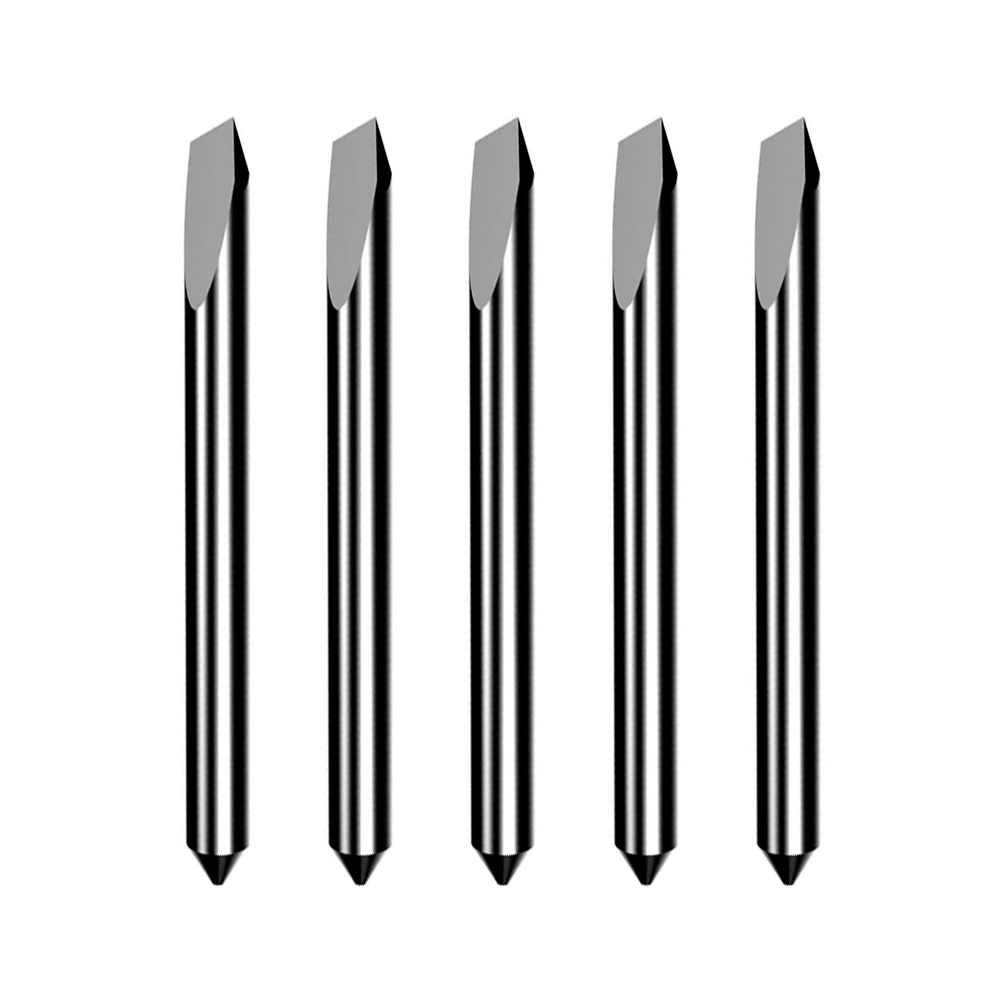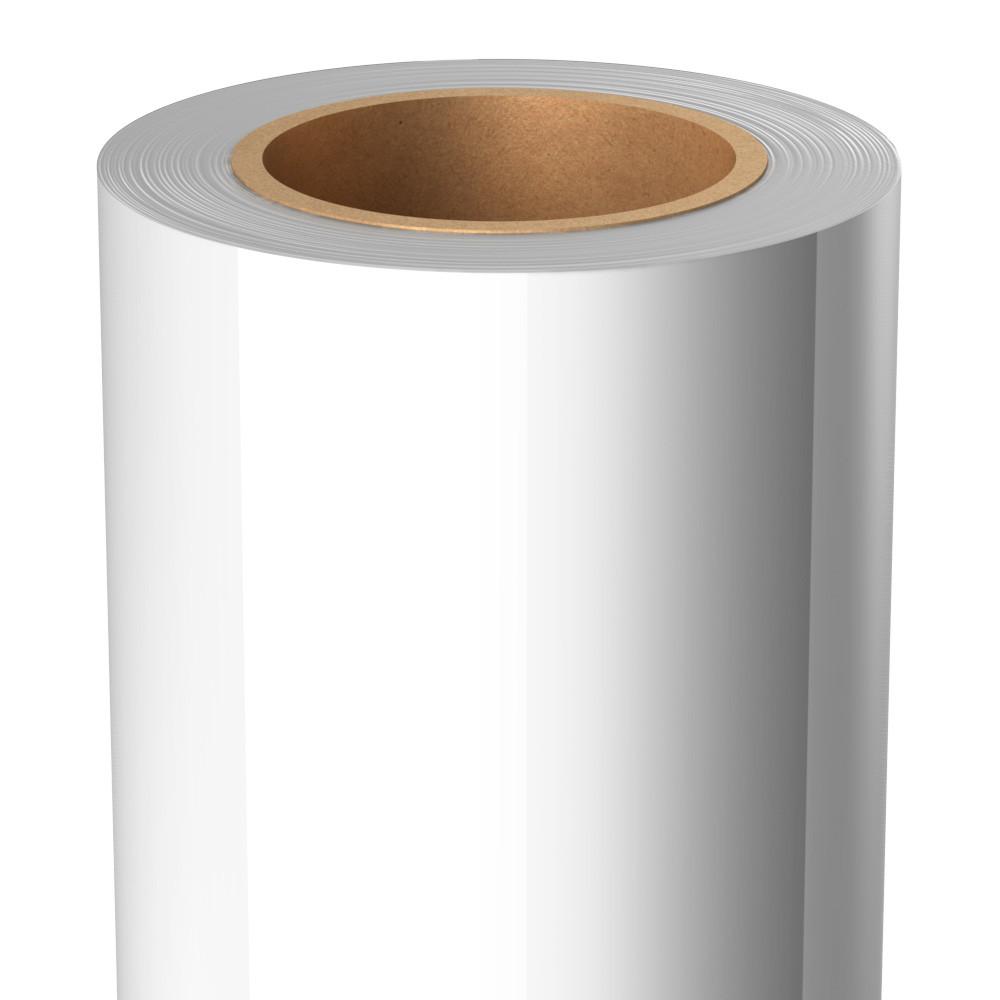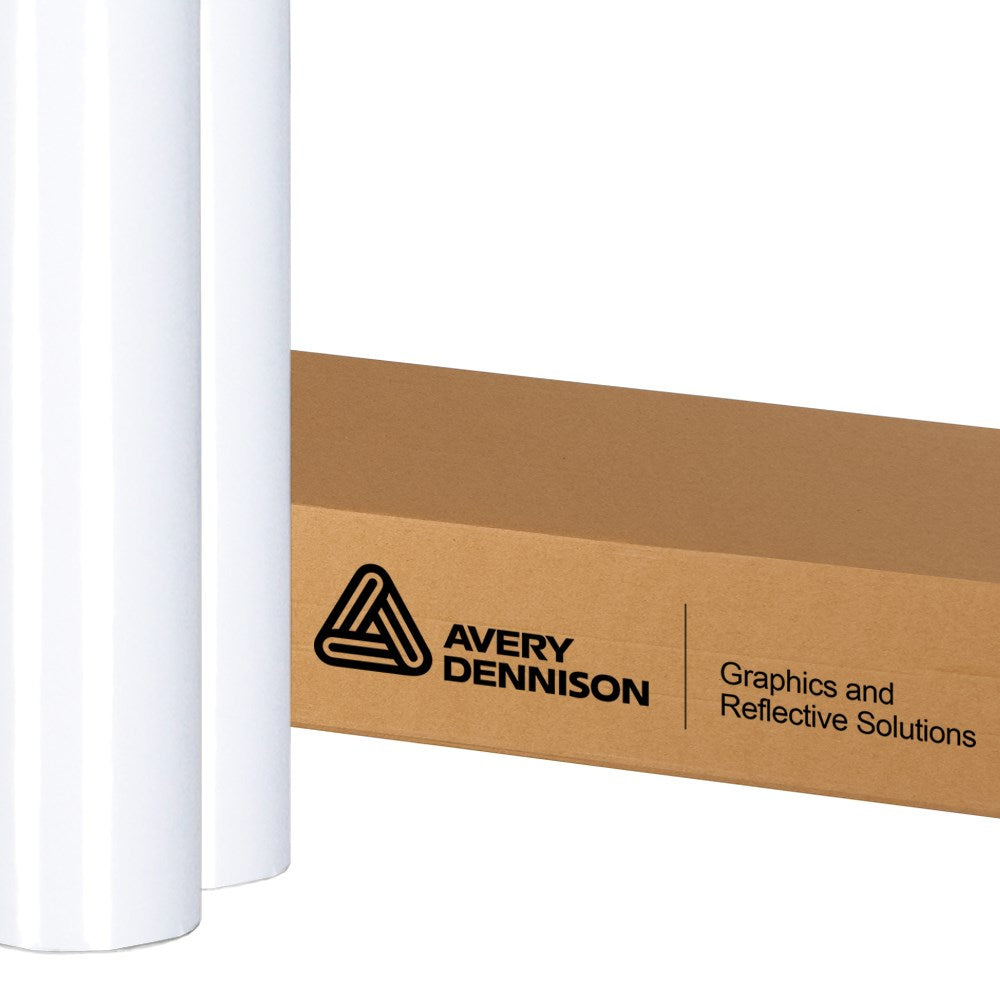This is a common question for customers looking to have something printed, but the answer is complicated, as the two aren’t directly related. Screen printing is a printing method, and vinyl is a material, so you can buy clear cast printable vinyl and use a screen printer to print on it.
Pros and Cons of Screen Printing
Screen printing has its roots in stencils, which have been used for hundreds, if not thousands of years. Place a stencil over the surface you want to be painted, spray or roll on a bit of paint, and voila! You have a perfect image exactly in the shape you intended. So, that means it’s the fastest and easiest printing method, right?
Fast but Limited
Screen printing is undeniably fast at transferring what is essentially a silhouette image onto paper, cloth, and other materials.
Forget About the Fine Details
While it can make a perfect silhouette image of just about anything, if you want more than that, you’ll need to add an additional layer. For fine details like a photograph, screen printing is completely unviable.
Printing detailed images like people’s faces is basically impossible, due to subtle color changes in shading and excruciatingly tiny color spots that are impossible without hundreds of layers of stenciling.
Multi-Colored Madness
Speaking of details, you won’t see anyone recreating Starry Night by Van Gogh with a screen printer. Because each color has to be added separately, fine color grading is basically impossible.
Imagine you want to screen print an image of a city park. You’d have to do one layer for the sky, one layer for the grass, another for the trees, and another layer if you wanted to add shadows under the trees. Even once it was completed, you’d only have a basic four- or five-color design—the details would be missing entirely. For this reason, if you want to print in multiple colors with detail, you need to go for inkjet or laser printers.
Vinyl Is an Excellent Print Material
What makes vinyl an excellent medium to print on is its high durability. Rain, cold, and heat are all fairly inconsequential to vinyl. It can stand up in harsh environments for an extended period of time. This makes it the ideal application for outdoor areas and places where the sign or picture will receive a lot of physical contact.
The two primary types of vinyl used for printing are cast vinyl and calendered vinyl. Calendered vinyl starts as a lump of vinyl and is pressed through progressively smaller rollers until it reaches its desired thickness. Cast vinyl is poured into a large and thin mold.
The difference between calendered and cast vinyl is how long the printed vinyl lasts. Cast vinyl will last about twice as long as the calendered vinyl, but its added cost means that if you just need a vinyl sign for temporary usage, calendered may be the better choice.
Tying It All Together
Comparing screen printing and vinyl is like asking, “What’s better, a piece of paper or a pencil?” Vinyl is amazing because of the variety of printers that can print on vinyl. Laser printers, inkjet printers, and screen printers can all be used to transfer an image onto vinyl to make a long-lasting and durable product.





